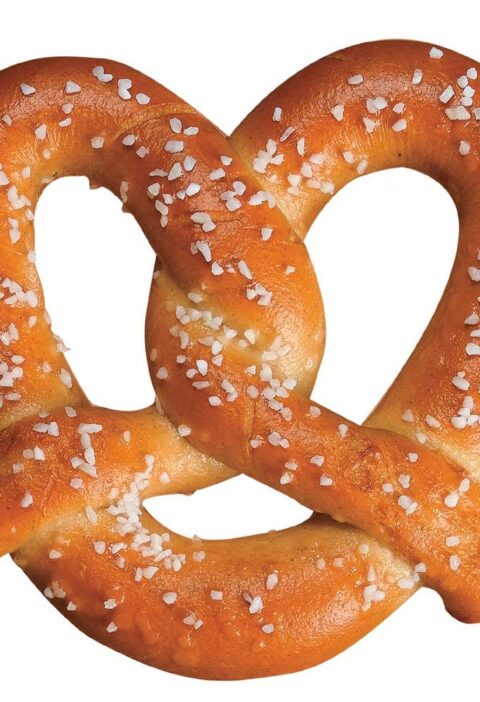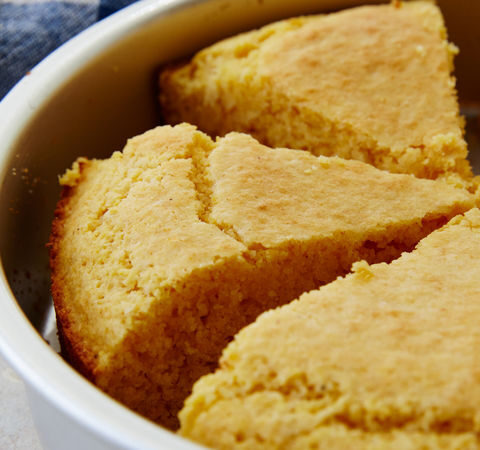Flour– Flour, paired with starch, creates the gluten in the krumkakes., It builds their structure, allowing them to stay intact despite how thin they are. It forms the body of the dough and allows for it, once beaten and mixed, to be easily dropped by spoon into the press. This works because the dough is thicker and gluten is forming.
Sugar– Sugar contributes both to maillard browning reactions in the krumkake and to the sweet flavor of the krumkakes.
Vanilla– The vanilla is present in this recipe primarily for flavoring. It does not contribute to most of the major reactions involved in the making of krumkakes.
Eggs– The eggs contribute water, protein, and fats to the recipe. They make the Krumkake more dense, but do not foam due to the presence of sugar and the yolks, which are included in the recipe. This makes the liquid egg more viscous than it would otherwise be. Egg proteins will begin to coagulate with heat, although in a mixture such as this one there will not be noticeable chunks of egg. Eggs also act as an emulsifier and, to an extent, as a leavening agent, although krumkakes are intended to be thin and crispy once rolled.
Cornstarch– The starch, as it comes into contact with flour, will form gluten, allowing the krumkakes to stretch and expand without breaking as they are heated. Flour and starch build structure in the krumkakes, whereas sugars and fats weaken this structure.
Margarine- Margarine is a fat. Fats limit gluten formation (definitely a factor in our recipe), helpful in maintaining the crisp of the final product. Fats also increase tenderness in the krumkakes and retain moisture, important because there is no added water in this recipe. Margarine adds to density as well, although it is again important to note that these are baked in a press and are intended to be thin.
This recipe is not particularly complex as it comes to materials used. All in all, it will require measuring spoons and cups, a whisk, a spoon, two large bowls, one small container, a sifter, and, of course, one hot press. While we begin with eggs, we add sugar to them before adding margarine rather than mixing all the ‘wet’ ingredients first and adding dry later. We assume any effects caused by this will be negligible because the krumkake is so thin any clumps would be virtually undetectable. We combine the flour and cornstarch and are careful to sift them, guaranteeing purity and weeding out any chunky bits. But the vanillin and sugar are both added for flavoring purposes, although it’s important to note that most krumkake is served with creme, which contributes to the sweetness. The sugar also contributes to Maillard Browning reactions, clearly observable in most well-made krumkakes. We use the hot press for only 90 seconds because each krumkake is quite thin, much like a crepe, and we want to avoid any burning of the dough or any gaps. We use the spoon to drop the dough because of its thickness, which is largely thanks to the flour and cornstarch. The whisk, on the other hand, while not specified in the recipe, will be used to beat the dough and will introduce air, making the krumkake lighter and fluffier.

